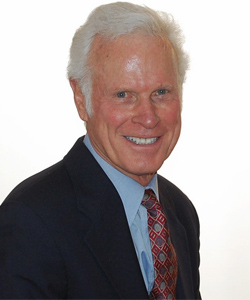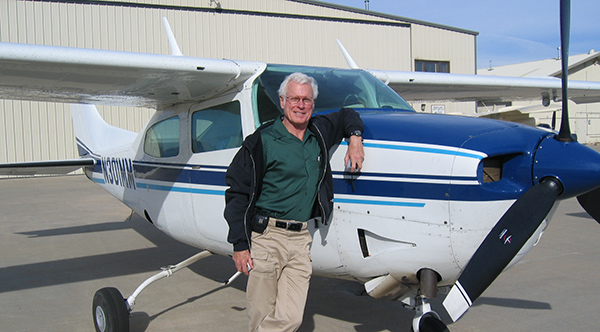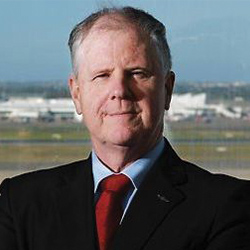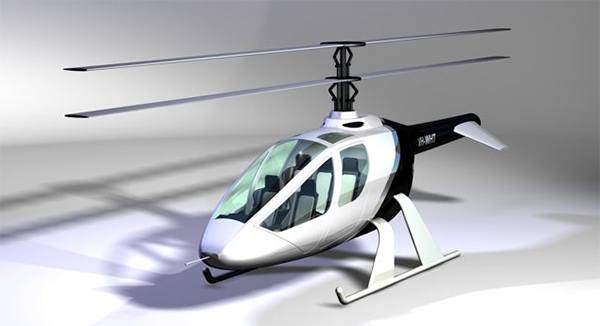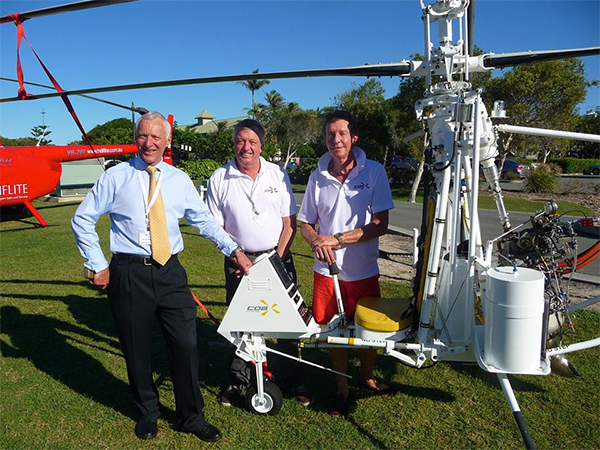Podcast: Play in new window | Download
Subscribe: Apple Podcasts | RSS

As a private pilot Paddy Wills wanted to find new and interesting places to fly to and explore. This involved asking around, researching locations, trawling forums and poking around on Google Earth. He thought there must be a better way so he went and created one.
Helipaddy is a mobile app for helicopter pilots that crowdsources landing site location information from sites around the world. It makes it easy to find helicopter friendly places off the beaten track or to plan your next multi day tour.
Information you might find on a site includes: Lat Long, Owner, phone number, notes, fuel, landing fees, comments from other pilots and upcoming events. For registered sites you can request landing permission from the owner right from inside the app (that’s pretty cool).
[Tweet “We could probably create a list called ‘Places that charge Very High Landing Fees'”]
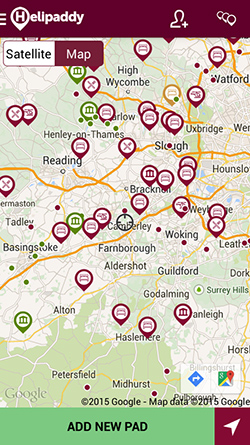
It’s designed to be easily used in the air and sports an arrange of different features. Paid up premium members can also draw on the Helipaddy staff skills to generate a trip itinerary with fuel and accommodation details.
In the interview Paddy talks about his own flying experience, the idea for the app and the journey of making Helipaddy a going concern with users from all corners of the helicopter world.
He is also in the process of planning a helicopter flight to the South Pole.
[Tweet “#Scotland is one of the best places to fly in the world – Paddy Wills @helipaddyapp”]
Podcast: Subscribe in iTunes | Play in new window | Download
In this week’s episode:
01:23 Episode Sponsors trainmorepilots.com
01:50 Paddy Wills – getting a start in flying helicopters
03:25 Highlights of last 8 years of flying
05:40 Flying in Scotland
06:50 Coming up with the name of the app
08:05 Creating the app and development
09:30 Filling a need for where to fly to for fun
11:15 Where the helipad location data comes from
12:30 User interface and how to use it
14:45 Using the Helipaddy data in SkyDemon/Foreflight/OzRunways etc
16:25 Word of mouth marketing – narrow market segment
19:32 CoPosition, cross platform ‘find my friends’ feature built in
20:50 Ability to upload private landing spots for personal use or friends list
22:00 Database sites are moderated by team on entry and periodic checks
24:20 Interesting places to look for in the app
26:16 Ability to produce curated trip guides for locations
27:40 How to get out of landing fees – clever tip!
30:00 How to add a new landing site to the database
31:20 Community building, loyalty program, venue incentives and gamification
33:50 Battery use footprint minimised and made for shaky data connection
35:50 Future flight to the South Pole and planning
39:30 Are you a lurker – challenge to leave a comment on your favorite episode shownotes.
40:25 World Helicopter Day update
Links from this week’s episode:
Helipaddy Website
Add a site to the Helipaddy database
World Helicopter Day
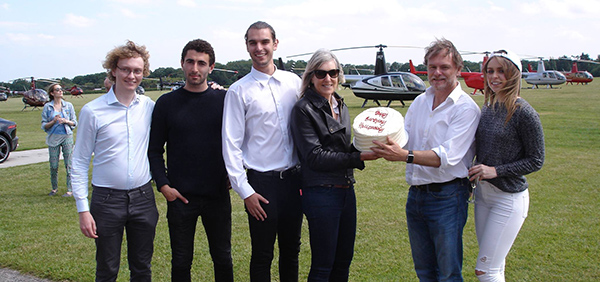
[Tweet “Around 90% of pilots that use @helipaddyapp are introducing new users to it.”]
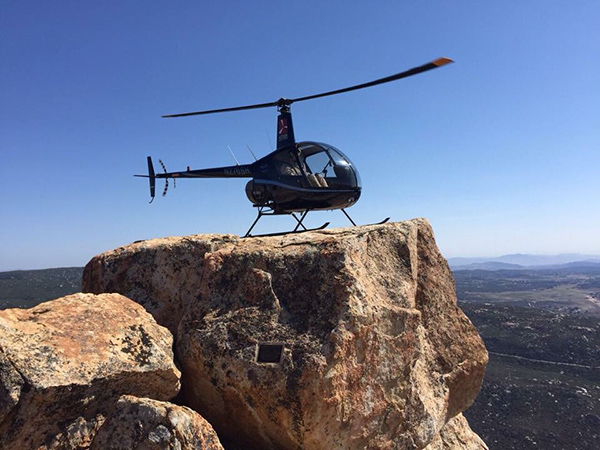
[Tweet “Original model was that it was going to be a crowdsourced helipad list #interview”]
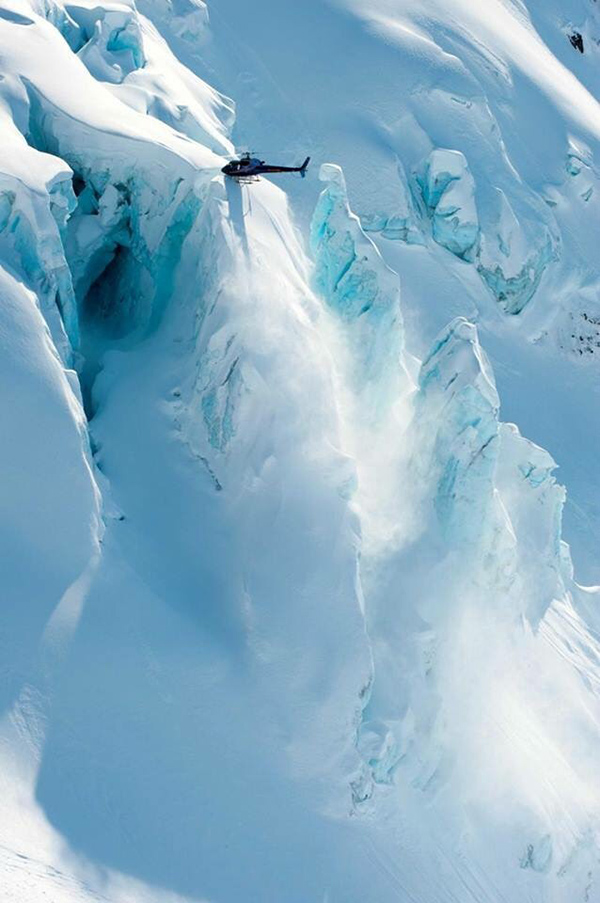
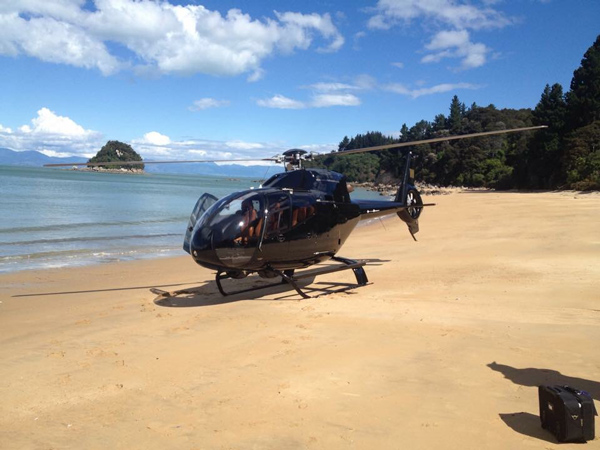
Got something to add to this interview or a favorite landing spot to share? Use the comments below.
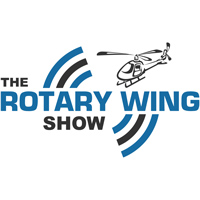

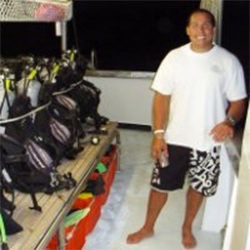
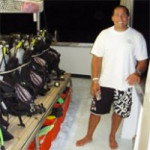
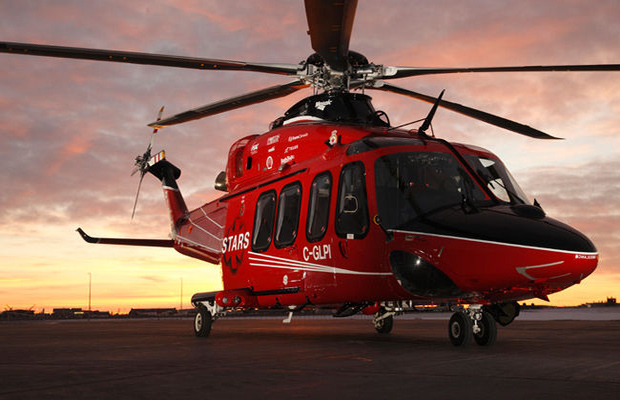
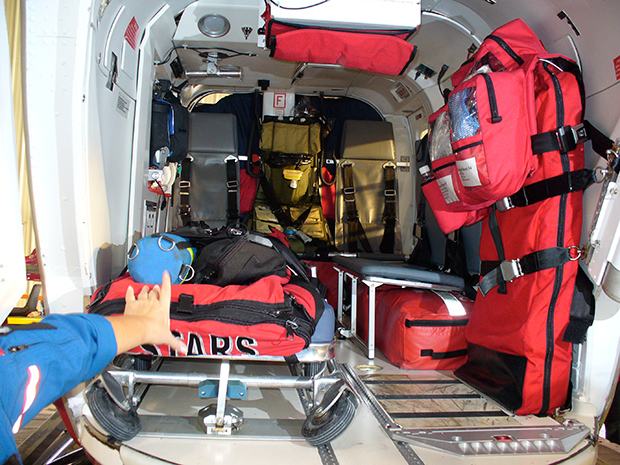
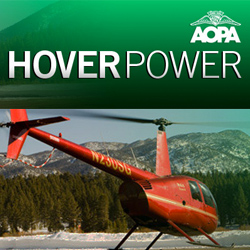
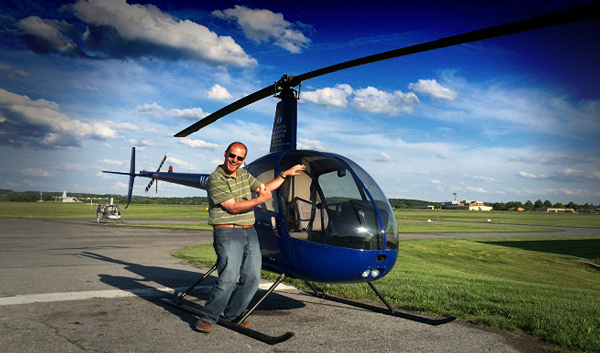
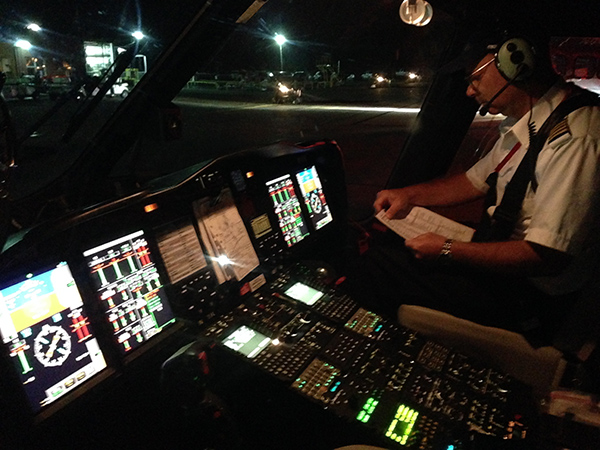
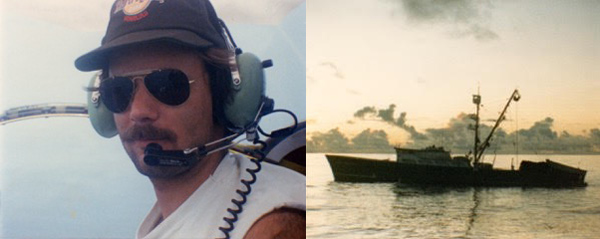
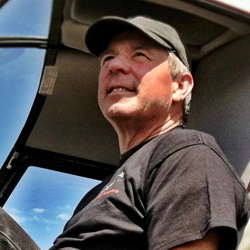
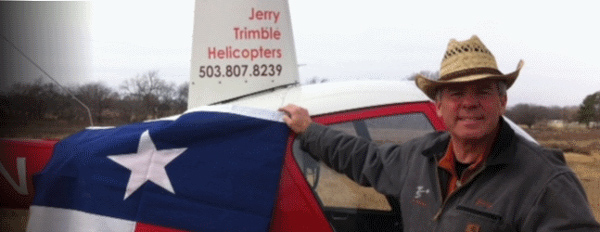
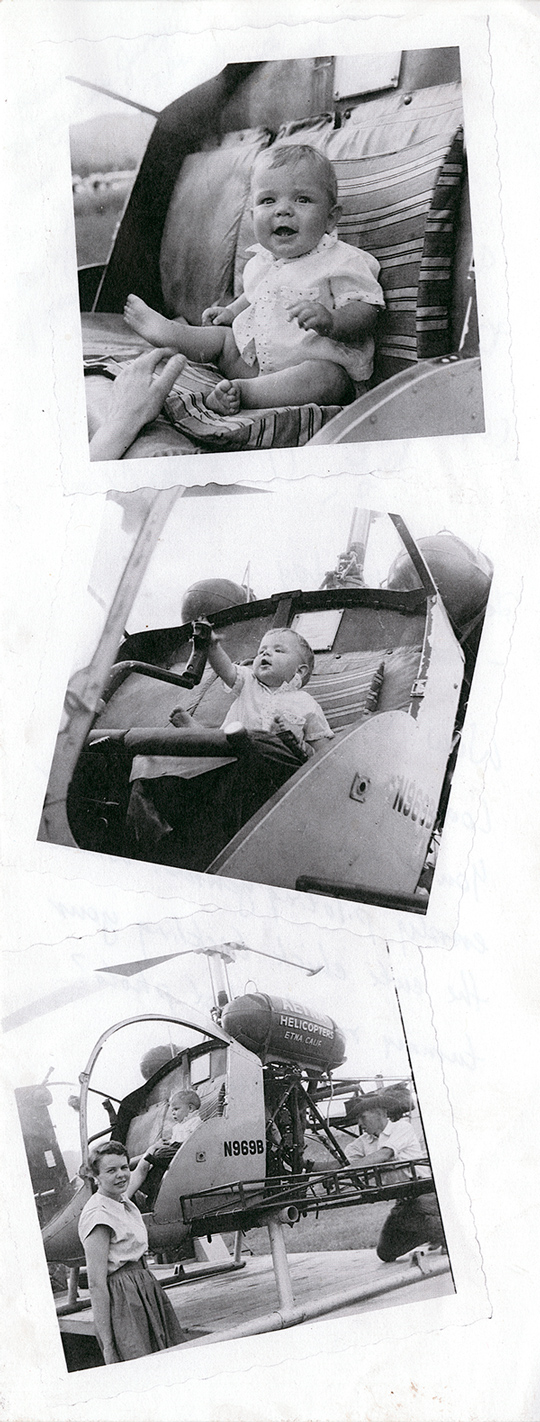
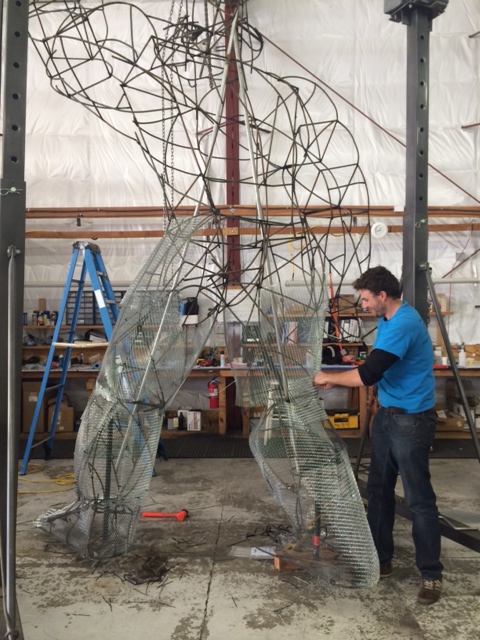
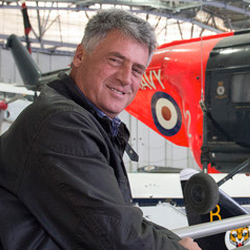
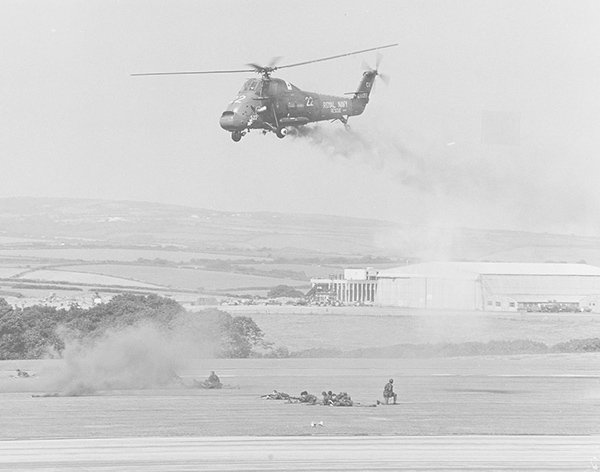
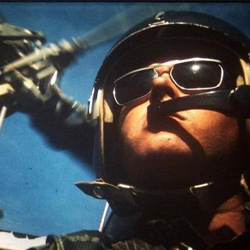
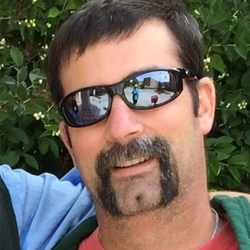
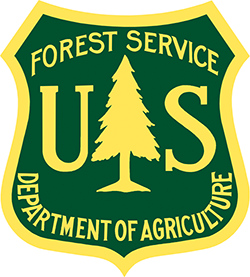 John also shares some wisdom about the characteristics and work ethic you need to show to have the best chance of moving up in the industry. He also talks to the idea of mentorship and the responsibility on aircraft captains to develop their co-pilots from the point of view that they become a reflection of you.
John also shares some wisdom about the characteristics and work ethic you need to show to have the best chance of moving up in the industry. He also talks to the idea of mentorship and the responsibility on aircraft captains to develop their co-pilots from the point of view that they become a reflection of you.
